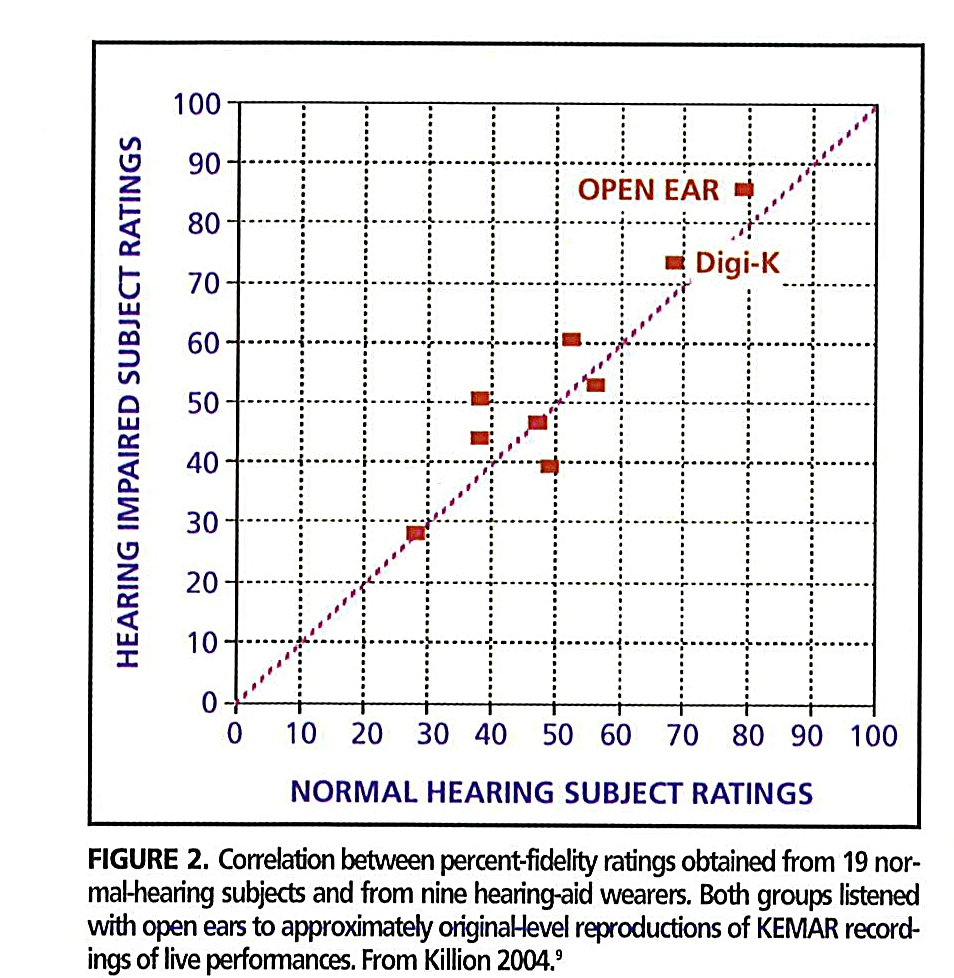What Special Hearing Aid Properties Do Performing Musicians Require?
By Mead C. Killion, PhD
Hearing Review, 16(2), 20-31, 2009
SOMETHING ABOUT MEAD
A strength of Mead’s is that he could step away from technology and just listen. This is not an easy skill, and personally, I have been convinced that something must sound great because the frequency response looked so “nice” on the screen of a real-ear measurement. Stepping back and just listening is not something we are typically taught in school but it has its benefits. And then Mead would strive to resolve any differences between what he saw and what he heard, ultimately adopting a strategy of “simply” listening. Not only is this an important article because he separated what the audience hears from what the performer is generating on stage, but also because he was not afraid to take two steps back in order to take one step forward. This is not easy to do due to time and financial constraints, but in any development or decision process, we sometimes need to throw things away that ultimately don’t make sense. Mead has taught us that taking a step back and just listening can lead to better decisions and a better product.
SUMMARY

In this article Mead reviews what was said almost 100 years ago by W.B. Snow in 1931 about speech and music fidelity and notes that very little has changed- a high fidelity hearing aid for speech is ALSO a high fidelity hearing aid for music- namely sufficiently wide bandwidth (although most of Mead’s subjects could not hear the difference between a 14 kHz bandwidth and a 5 kHz bandwidth), a sufficient dynamic range between the room noise ( low 40 dBA range and the highest level that can be transduced with minimal distortion), a sufficiently long recovery time from compression, and a relatively smooth frequency response. Most manufacturers adhere to these general guidelines to optimize their hearing aids for both speech and music. Of great importance in this article (at least for me) are the listening ratings for both hard-of-hearing and normal-hearing subjects (see his Figure 2 above). Mead concluded that listening quality ratings for normal hearing subjects are similar to those with at least a moderate sensori-neural level and indeed this is consistent of many of the modern hearing aid fitting formulae that only prescribe one or two decibels of gain for higher level inputs that are characteristic of live music, especially at the ear of the performers up on stage.
Annotated by: Marshall Chasin


